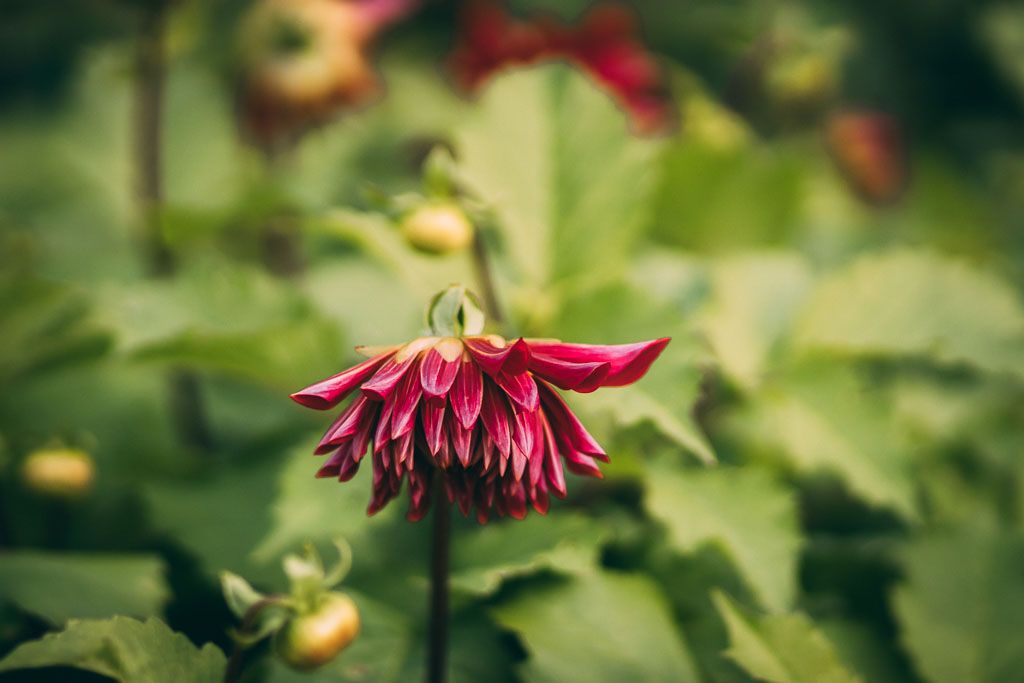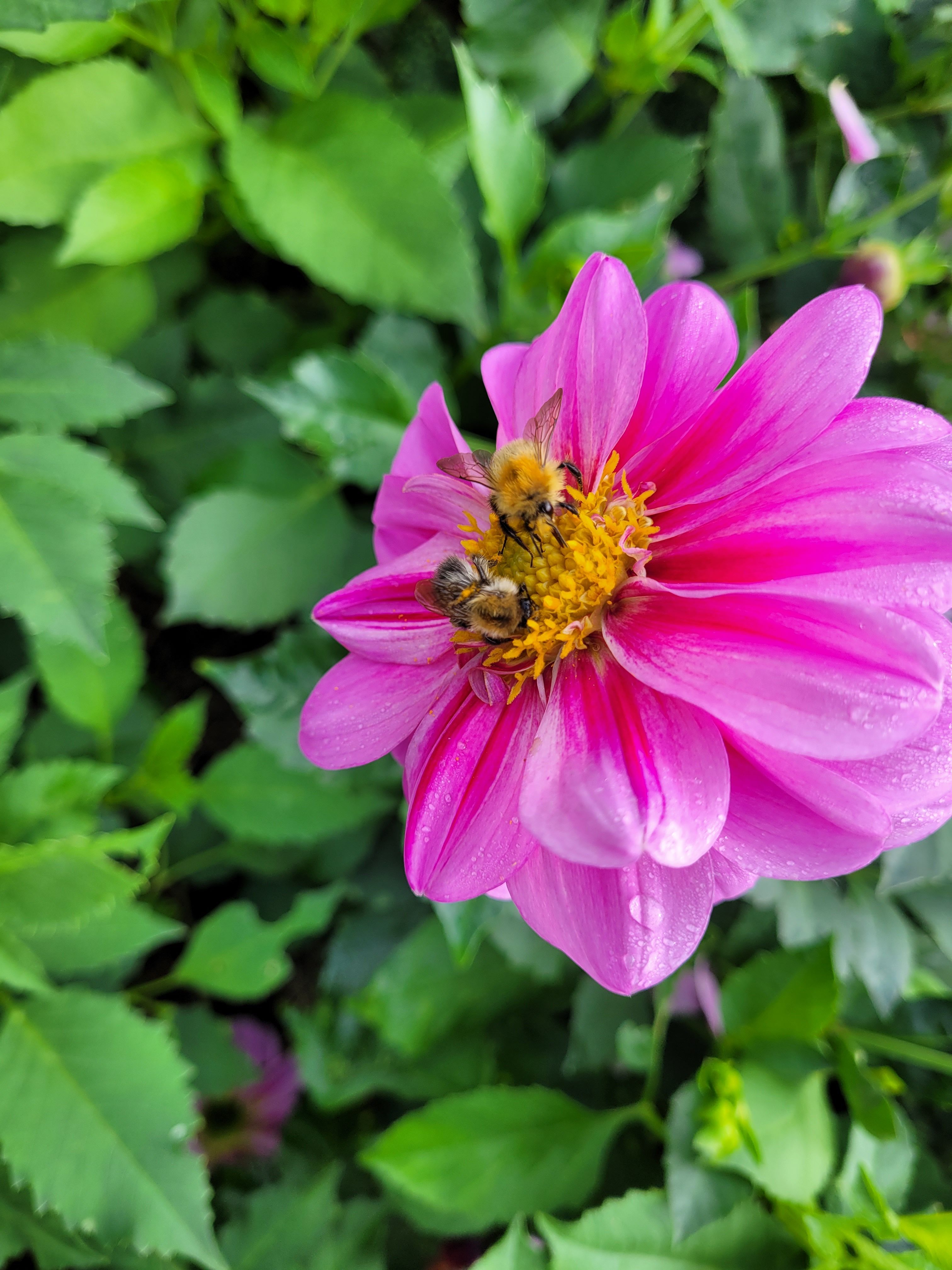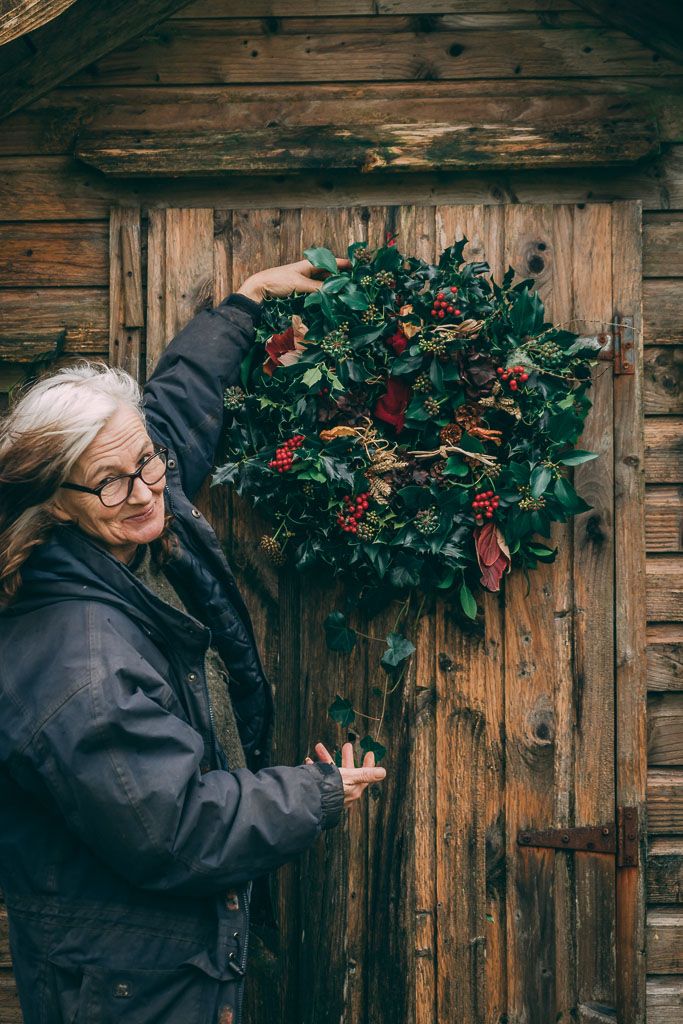When we do things with purpose, it has so much more meaning but it also helps keep us motivated even when things go wrong.
My motivation is my grandson Ollie because I desperately want him to have a future. More than that, a future that’s worth living. By following this plan you’re helping to build a safer future for all our children and grandchildren.
This is so much more than just a cut flower patch. It’s the beginnings of a network of pollinator corridors that as it grows can link up across the country providing an unbroken food source. It’s a law of return, we’re helping our pollinators and they’re keeping our future safe. And we’ll have a beautiful bounty of cut and edible flowers to fill our homes. I’d love this to become a platform to where we can connect share and learn more about our wild insects.
Our future selves will be very grateful for what we’re doing today.
[caption id="attachment_3556" align="alignleft" width="200"] Mags with her grandson Ollie[/caption]
biodiversityireland.ie is an incredible resource and a wealth of information. I encourage you all to sign up to their newsletter and I’m hoping you’ll get involved with their Fixed insect timed count, FIT count for short. it’s a 10-minute timed count on a specific area and as your flower patch grows can also be done here. This will provide valuable information which could be added to the citizen science portal on Biodiversity Ireland's website. I’ve added a short video to give you an idea of what it’s about so we can all do this on our Instagram live.
By the end of the summer, we’ll all be wildlife gardening with a purpose in a fun family orientated way.
The plan is a suggestion and if there are other flowers you’d prefer to grow then by all means do. That’s the beauty of the live Q & A - I can answer any questions you may have.
I picked this selection for several reasons, they’re reasonably easy, long flowering period, mainly edible and similar spacing requirements. There are better pollinator plants which we can chat about as we move along and get to know our wild cousins and their supports, values and uses.
Possible seed sources:
- Seedaholic has a vast range but is incredibly busy and you can only place orders at certain times of the week. Do check the website.
- These are limited now, but do get in contact as they may be on their way.
As most of the recommendations are also edible try and get organic seed or at the very least untreated seed. Seed for garden use can be treated with toxic chemicals not suitable for human consumption and possibly pose a danger to the pollinators you’re trying to help.
I’ve named some varieties because some like calendula and marigold’s have short bedding versions which you wouldn’t get enough stem length to cut from. You’ll need a stem length between 30cm & 45cm to allow for cutting.
Most of the seeds are hardy annuals meaning they will tolerate cold apart from cosmos, nasturtium and zinnia. These are called half hardy and are best planted after all danger of frost has passed so could be left until April to sow seed.
The sow dates are also flexible as some of you are further north and will have a later last frost date. There’s absolutely no problem with waiting to sow until April and planting out early June.
We have recommended the 3 mints for different reasons.
- Basil mint is the best for cooking, has the highest concentration of oil and is a hell of a lot easier to keep growing than regular basil with the added minty bonus. Fantastic addition to nasturtium pesto. Good pollinator mint.
- Grapefruit mint is by far the best pollinator mint we grow here on the farm, adored by bees, hoverflies and butterflies. It also makes a beautiful refreshing tea.
- Apple mint. This is the hug in our bouquets. I owe this mint so much for all the emotional support it’s given me over the years. It smells fantastic, tastes amazing and is divine to the touch. Good for pollinators too.
Mint can be grown from seed but they will take time to establish enough to cut from them. Plants are the only way to ensure a cut flower foliage this year. I’m researching a possible retail supplier to recommend for my suggested varieties and will let you know when I do.
We do have a limited supply of plants but they are part of our pollinator dahlia collection which are available on our shop.
Bed preparation is key, Get this right and everything else will be so much easier and better.
Well-rotted manure helps with soil structure, water retention and soil fertility. Sandy light soils benefit by helping to bind them together whereas heavy clay soils are loosened up allowing access to nutrients and aiding drainage. A slow-release organic fertiliser like chicken pellets or fish blood and bone added at this time becomes available over a long period giving a steady supply of nutrients. We will also be making compost teas to use a foliar feed over the season as this boosts the plants immune system and encourages good growth and an abundance of cut stems.
We will have some remarkably interesting guests as we move through the year covering lots of interesting topics.
A newsletter will go out at the start of each month as a reminder of what you may need for each month. So looking forward to growing community with you all.
Bee kind
Mags xx
[caption id="attachment_3567" align="alignright" width="200"] A beautiful bee-friendly Gift of Life bouquet from 2020[/caption]
Schedule for Instagram live sessions with topics covered:
- Sunday January 17th 4pm Introduction
- Sunday February 14th 4pm Bed preparation
- Sunday March 21st 4pm Seed sowing
- Sunday April 18th 4pm Seed sowing, potting on, planting mint in pots and submerging in soil.
- Sunday May 16th 4pm Planting up the bed.
- Sunday June 20th 4pm Staking and plant support. Possible first harvest.
- Sunday July 18th 4pm Harvesting, creating bouquets for your home.
- Sunday August 22nd 4pm Using edible as an ingredient, recipes, creative ways to use.
- Sunday September 26th 4pm Preserving for winter stocks.



